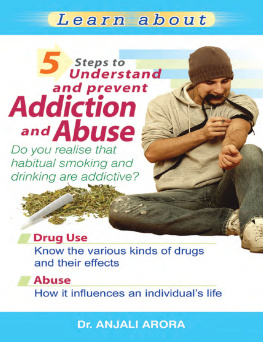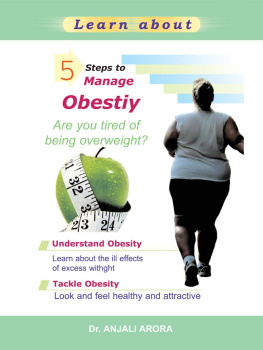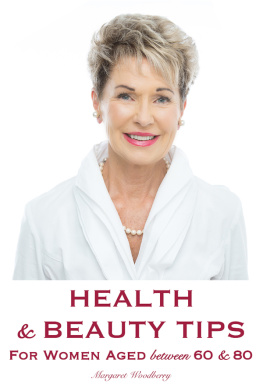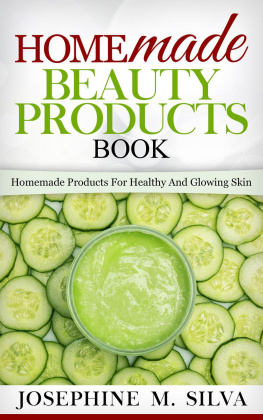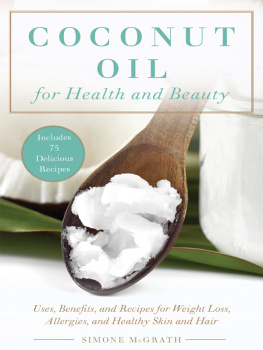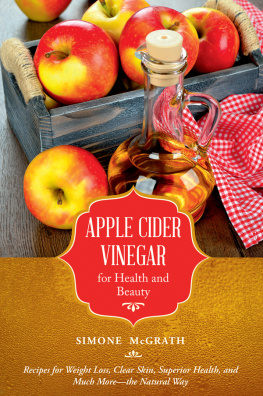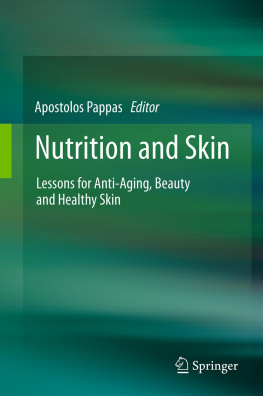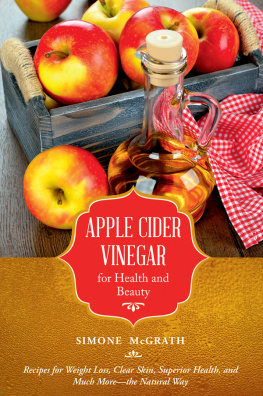Copyright
STERLING PAPERBACKS
An imprint of
Sterling Publishers (P) Ltd.
A-59, Okhla Industrial Area, Phase-II,
New Delhi-110020.
Tel: 26387070, 26386209; Fax: 91-11-26383788
E-mail: sterlingpublishers@airtelbroadband.in
ghai@nde.vsnl.net.in
www.sterlingpublishers.com
5 Steps to
Maintain Good Health & Beauty
2007, Dr. Anjali Arora
ISBN 978-81-207-3246-9
All rights are reserved.
No part of this publication may be reproduced, stored in a retrieval
system or transmitted, in any form or by any means, mechanical,
photocopying, recording or otherwise, without prior written
permission of the authors.
The author and publisher specifically disclaim any liability,
loss or risk, whatsoever, personal or otherwise, which is
incurred as a consequence, directly or indirectly of
the use and application of any of the contents of this book.
The author wishes to thank all academicians, scientists and writers
who have been a source of inspiration.
Introduction
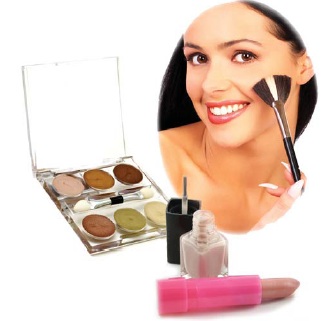

B eauty is not skin deep. It is a culmination of many factors - the way you look, how you carry yourself and also as to how important you feel.
Face is the index of the mind and reflects your inner thoughts. Depression, greed, contentment or happiness are eventually reflected through your face and body language.
Beauty can be defined as a quality which gives one pleasure on sight.
Nature may have been generous with her gifts,but have you enhanced your individual attraction.Beauty is not about your tiny waist or height or your hair - beauty and health are interwoven.
Nobody is perfect. There is no vanity in looking after yourself. A healthy diet and personal hygiene should be a part of your daily routine.A good posture, a radiant face and a confident approach attracts everyone.
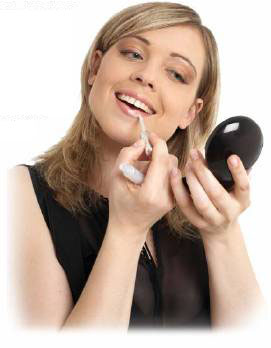
01. Test Your Knowledge
Answer this questionnaire to find out how much you know about good health and beauty.
What type of skin do you have ?
- Do you know?
- Do you think you know? (you are not sure)
- You do not know.
Corns are
- Caused by friction and pressure by the shoe.
- Eating corn.
- Excessive perspiration.

A Cuticle is
- Near the nail plate of hands/feet.
- Dry skin on your face.
- Found in your hair.
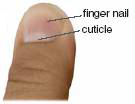
Caries of the teeth is
- Tooth decay when the canal is eaten away.
- Plaque formation around your teeth.
- A gum disease.
Split ends occur in
- Dry and damaged hair
- Oily hair
- Normal hair
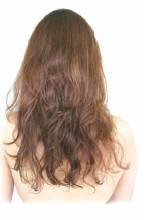
The more times you answer (a) you have an idea of what good health and beauty mean.

02. Body Check
Have a good look at yourself in a full length mirror?
How Well Do You Shape Up?
Squeeze the flesh around your waist, abdomen,thigh, upper arms and neck. Is it firm or have you started becoming flabby?
Weigh yourself and see if you are overweight,obese or have ideal weight.
Are you overweight ?
Is your skin too hairy or dry?
Do you have heavy thighs caused by overeating and you do not have enough exercise?
Do you have spots on your face?
Is your face not glowing?
Is your hair dull and dry?
Are you slumping ?
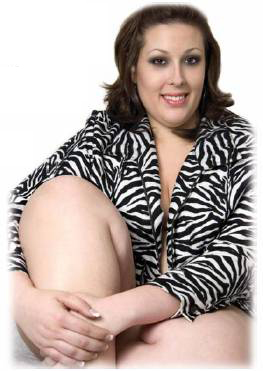
If you are a woman, have you been regularly examining your breasts for any lumps? If not, do it right now!!
Recognising your defects is a good beginning. At the same time, do not neglect your assets.
Remember it is your personality which creates your individuality.
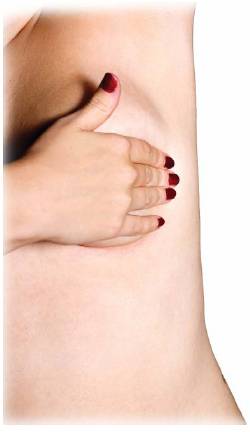
Be realistic. The happiest people are those who come to accept as to what they are and are prepared to top their full potential. Confidently they meet life and its reality half way - and the other half they turn around to their advantage!!
03. Know Your Skin Know
01. Facts
- Skin is the largest multipurpose organ you possess. It covers about 2 sq m.
- It weighs approximately 2.5 - 3.5 kg.
- Its functions are:
- To protect your muscles and vital organs.
- To regulate your body temperature.
- To dispose waste matter with the help of sweat glands.
02. Structure Of The Skin
The skin has three layers of tissues - epidermis,dermis and hypodermis.
These different layers allow the skin to move while retaining its shape. The skin becomes less elastic with age.
Epidermis
Epidermis is the top most layer. It constantly wears away in the form of skin flakes that are replaced by new cells. Melanocytes (cells producing melanin) are present in the skin. Melanin is a brownish black pigment responsible for the colour of the skin.
Dermis
Below the epidermis, is the dermis. It has fibrous tissue, collagen and elastin.
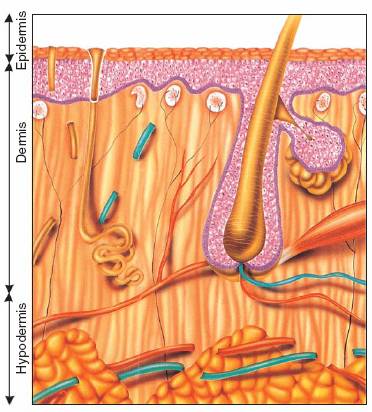
Dermis also contains blood vessels, nerve endings, sweat glands and hair follicles. Hair begins growth in the dermis. The blood vessels supply oxygen to the skin. Waste is removed through the lymphatic system. Nerve endings are responsible for the touch and temperature sensation. Sweat glands help control your body temperature.
Dermis is also the area for the production of sebum, which is the bodys natural lubricant and moisturiser. Sebum mixes with the body sweat and forms a fine film. This film helps in protecting the skin against bacterial infections. It is when the sebum is excessive or gets infected that skin problems erupt.
Hypodermis
Hypodermis is the deepest layer of the skin. It contains connective tissues and fat cells. Its function is to protect your body and keep it warm.
Skin cells are formed in the lowest layer of the epidermis. The old cells get continuously replaced by the new ones which are pushed up towards the surface. By the time these cells reach the surface of the skin they have turned hard and flat. This insensitive layer is meant to protect the cells beneath. This process takes between 3-4 weeks to get completed.



